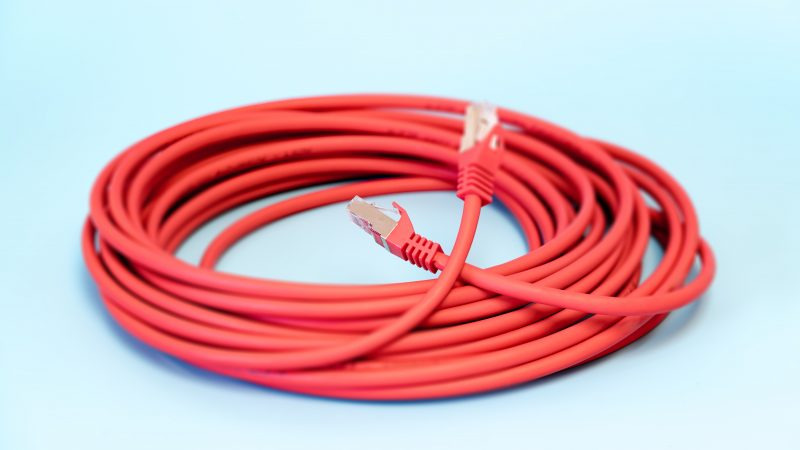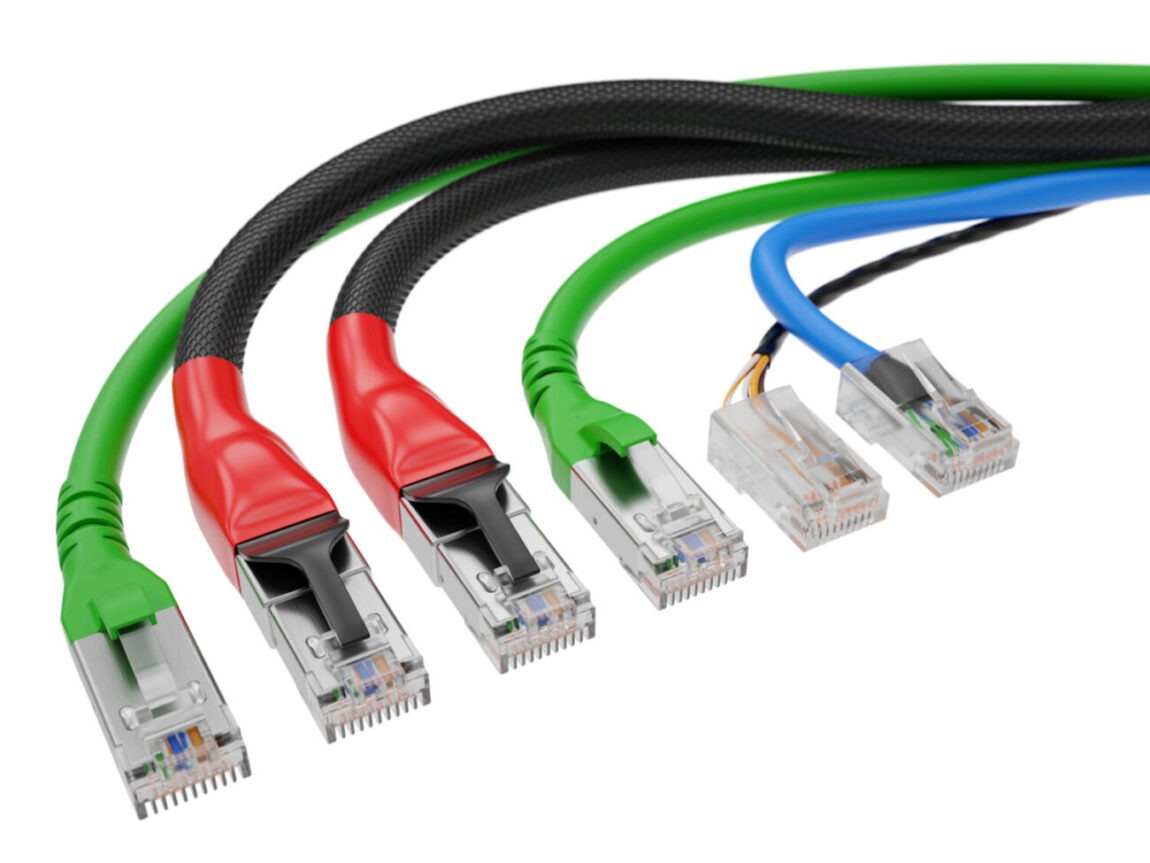What is Cat5e Cabling?
Cat 5e cable is a type of computer cabling. A cat5e cable consists of 8 strands of different colors terminated on either end with an STP or UTP RJ45 connector. Additionally, the purpose of the Cat5e cables is to carry voice and data signals between hubs, switches, routers, DSL/cable modems, and other network devices.
The most common use for a Cat 5e Cable is connecting a PC to a router or modem provided by a broadband provider. Furthermore, It may also be used for networking computers throughout a house or office building. For example, in larger buildings, it's very common for the wiring cabinets where the telephone service enters the building to have jacks installed that are to connect with each individual desk or piece of hardware via a Cat5e network cabling London between the cabinet and user.

What is Cat5e Cabling Specification
Shielded Cable: U/UTP
Conductors Unshielded: 4-pair (8 wire)
Performance Characteristic Impedance 100 +/- 15 ohms @ 1 kHz
Attenuation Crosstalk 20 ps 42 AWG 82.5m @ 550 MHz 30 ps 50 AWG 82.5m @ 350 MHz
Maximum Data Rate of Category 5e, up to 1000MHz has a max data rate of 1 gigabit. In addition, the maximum speed it can handle depends on the quality of the wiring in your building. If your lines are long or there's lots of interference, don't expect it to work at top speeds.
What is Cat5e cabling used for?
The Cat5e cable is a very high-quality and economic cable that can be used in a lot of different ways. To point out, when a single cable can be used for many applications, it is referred to as "Structured Cabling".
One common use for this cable is connecting a computer, PC, or Printer to the internet. This can happen through a router, modem, or direct connection to another computer using an Ethernet cord.
In addition to networking devices, cat5e cables are also good for installing to Audio Visual systems. For instance, televisions, projectors, and speakers in surround sound systems. They can carry audiovisual signals over the data cable although modern AV generally requires a minimum of Cat6a data cabling Watford for efficient transmission.
Lastly, the lower price tag on these cables compared to other categories makes them the cabling of choice when a smaller network with budget constraints is desired.
Cat5e Pair Colours
Cat5e Cable Comes with 8 Strands; Four Pairs of Twisted Wires Inside - The most common type of network cable found today is an unshielded twisted pair (UTP), which consists of four pairs of internal wires inside a plastic sheath for protection.
For the standard color code of pair 1 and pair 2, there are eight cable colors:
Pair Number: (EIA 568B)
1. White/Orange
2. Solid Orange
3. White/Green
4. Solid Blue
5. White/Blue
6. Solid Green
7. White/Brown
8. Solid Brown
Cat5e Connector
A Category 5e cable connector is made up of eight pins, to match the above configuration. On all patch panels and modules, a color code will be present on the hardware to match the color codes of the cable to ensure matched transmission end to end.
The RJ45 Cat5e Connector is the 8-pin modular jack commonly found in computer networking devices.
Maximum length of Cat5e cable
For Category 5e cable, the maximum length is 100 meters. This is generally a 90m permanent link distance and 5m patch leads at each end.
Cat5e cable is generally used for average distance runs of 40-50 metres when installed in an office or so at 1000Mbps (Gigabit Ethernet) speeds.
If longer patch leads are used at either end the overall maximum distance allowance will reduce from the 90m allowance.
STP vs UTP
Shielded Twisted Pair (STP) Cable is very similar to the above-Cat5e cable but features an additional layer of insulation around each wire. This acts as a shield against potential interference or electrical noise.
Unshielded Twisted Pair (UTP) Cables have no extra layers of insulation around the wire and may not be suitable for areas where there are large amounts of electrical equipment nearby, such as factories or industrial settings.
The next generation of cables
Cat6a vs Cat5e Cables
The next generation to the Cat5e category has already been defined. Category 6A can support speeds up to 10 Gbps over 100m runs at standard conditions. Another key point, the cables will also be backward compatible with current networks allowing them to run alongside older network types like those already running over Cat5e and standard Cat6.
Cat7 and Cat8 cabling are also growing in popularity, however, Cat6a is still the main standard in new build installations.
Original Source: What is Cat5e Cabling?
